How to Get Started with SEO Golden Rules for your E-Commerce Website
This guide will walk you through everything you need to know about SEO in let’s say around fifteen minutes. But, before we get to that, we need to begin at the beginning. So, firstly, let’s address the elephant in the room.
SEO is one of those terms that gets thrown around a lot, and while a lot of people know that it stands for ‘Search Engine Optimisation’, few know what it means, and even fewer know how it works. And, within that small group of people who know how it works, even fewer know how to exploit it. This is why, if you’ve ever looked, SEO experts cost quite a lot to hire.

Because you are here, you want to know about SEO, and how you can make it work for you. It costs nothing and isn’t that complicated. But, to become skilled at SEO, you need to intrinsically understand what it does, how a site with good SEO trumps a site with bad SEO, what that means for you in a competitive market, and what is the difference between SEO and PPC.
And, on top of that, you also need to understand that SEO decides how high up the search rankings your website come, and to get to grips with that, we need to talk about how Google (because come on, is anyone seriously using Bing?) ranks and indexes websites, and what it uses to determine the order of the results.
We’ll go through some of them, one at a time, and explain how you can make them work for you.
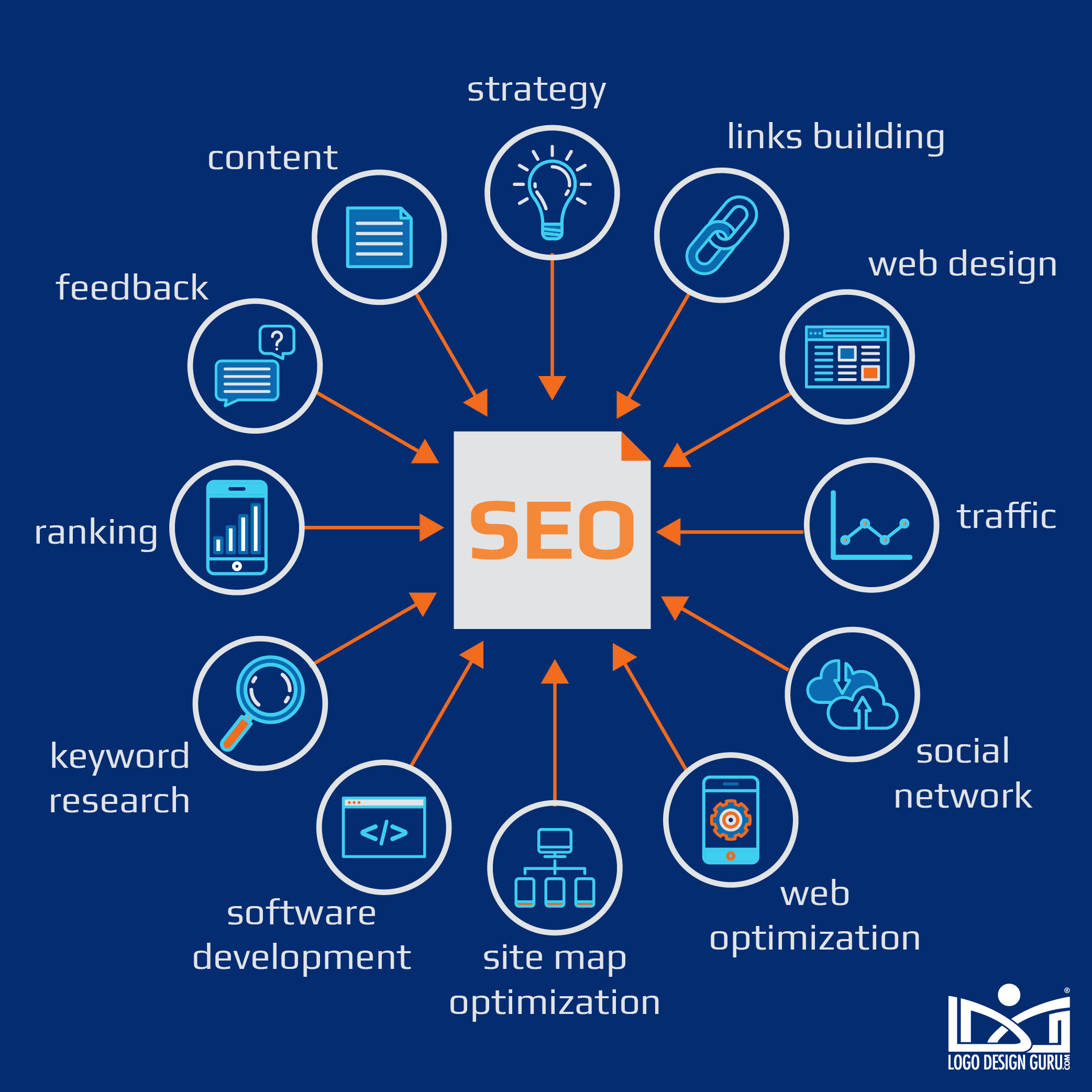
Keyword Research
SEO is a competitive field. Everyone wants the top spot on SERPs. Thus, SEO is as much about what you’re doing as it is about what your competition is doing.
You need to figure out who your competitors are, and how they are optimizing. Look for key phrases that match the things their consumers might be searching for, and how they’re using them.
Keywords and phrases are the cornerstones of SEO, and you need to build all your web content around them.
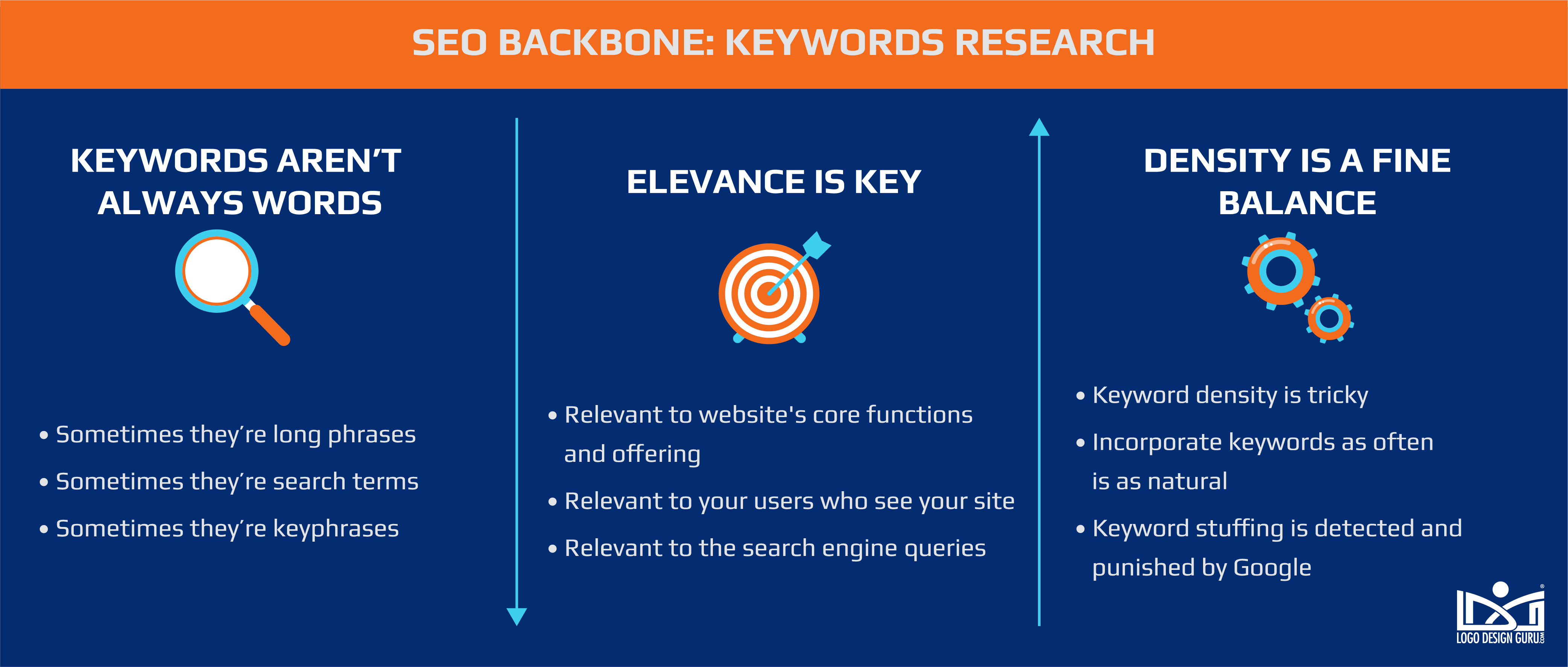
Aim for High-Quality Links
But, it's not just about the frequency of the phrases that appear. No, no, no. Google’s smarter than that. If it wasn’t then, simply spamming your articles with keywords and phrases would allow you to dominate ranks.
Googlebot analyses over 200 factors to decide on the rankings, and based on these factors, it delivers the most 'relevant' pages for you.
One of the main factors is the PageRank, which is the measure of the importance of a page based on the number of other pages that link to it. In short, every outside site or page that links to your site, or a page within it, adds to your PageRanking.
Cross-Linking (from one page to another on your site), as well as external links to affiliated blogs and sister sites, social media platforms, and anything else like that, will all bolster your SEO.
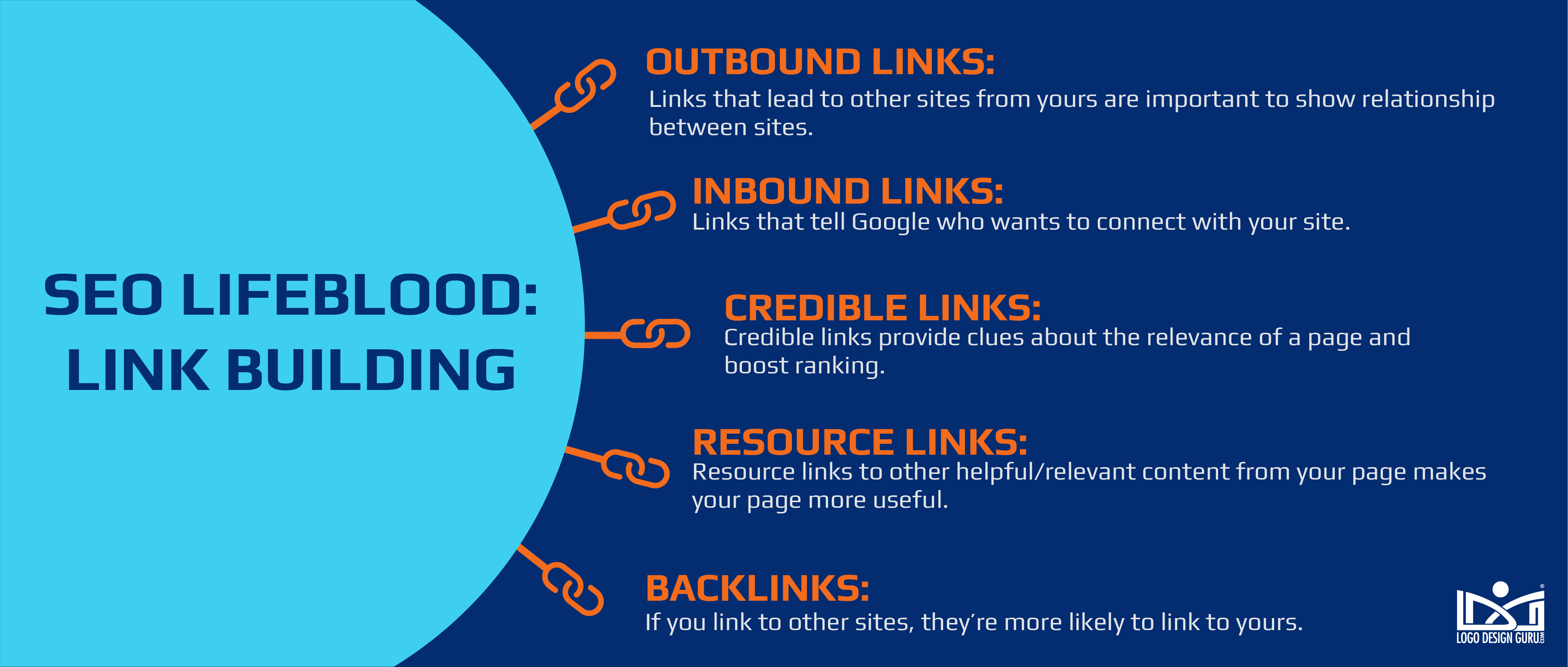
Create Unique Content
Content is the crux of most sites. Any thriving site generates content. Whether it's blogs, articles, new products, reviews, or anything else.
The generation of new content should be key. Using tools like ChatGPT free makes it easier to create original and engaging text. This tool helps you keep your content fresh without simply copying others.
But, where a lot of other companies simply look for competitors, and then copy their content, or even worse, just rehash their content, you shouldn’t.
Google is clever, and it’ll catch you and even penalize you. If you just repackage neighboring content, despite it being ‘new’, it will cause a bump in your rankings. Only by generating unique, fresh content that embodies your SEO strategy will you see an increase in your rankings.
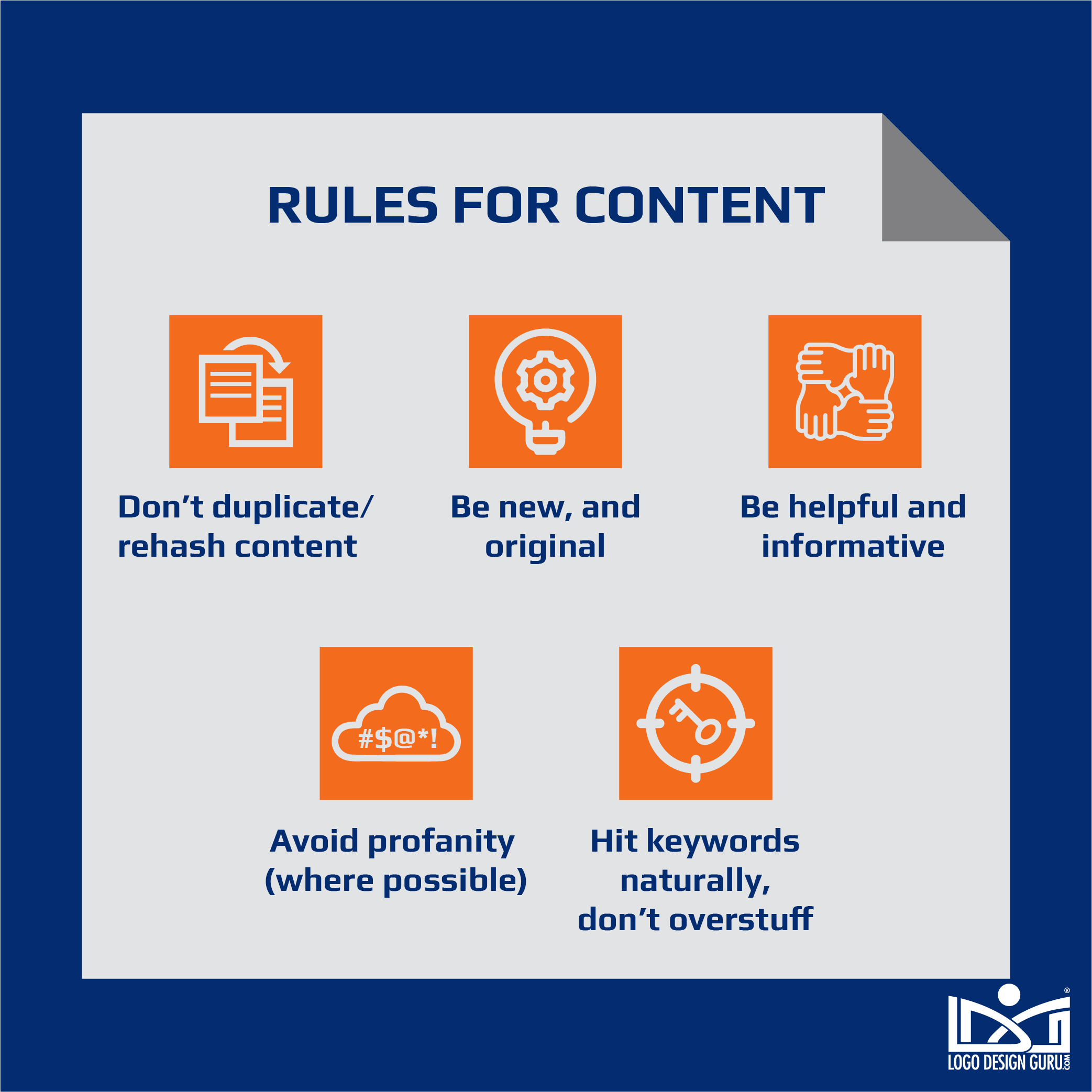
Use Optimized images, including Alt Text
Your images must be both optimized for speed and loaded with relevant alt text because Google uses these as ranking factors, but it still can't read text on images.
Nevertheless, you can use visuals to get backlinks that search engines acknowledge and appreciate.
Tthe big Mobile Ranking update means that Google will be ranking search results based on mobile experience, not desktop. This general push towards making website design mobile-optimized, images ought to become more important. There are plenty of free sites out there that will optimize images for you. It means compressing them in size so they load faster.
You can also fiddle with Lazy Loading if that's something you want to go into, but if they’re all optimized, there’s not a billion of them on the page, and they’ve all got Alt Text which hits your keywords - well, you should be good.
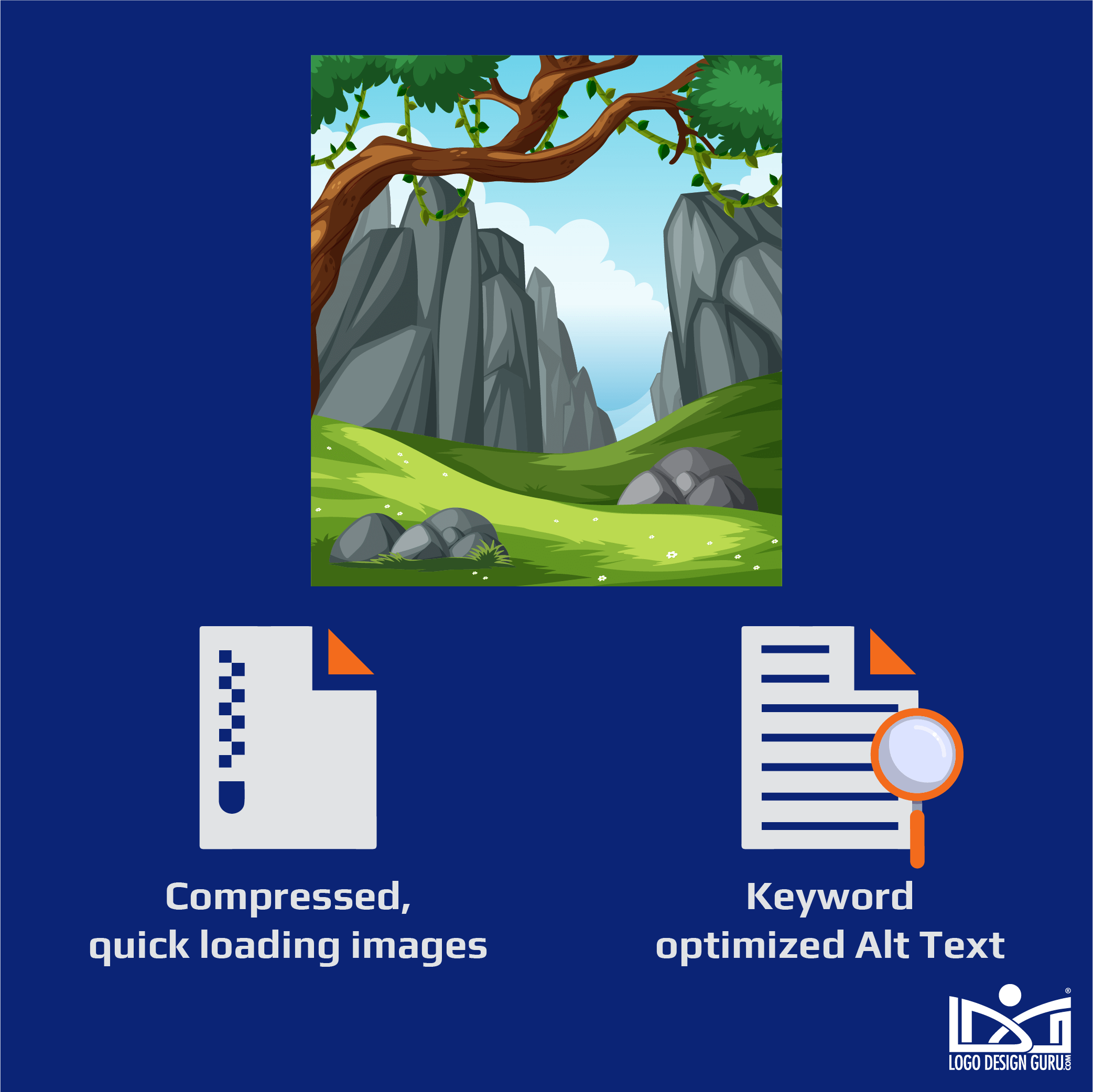
Product Listing
Are you an e-commerce site?
Are you selling stuff?
Most platforms list products that can be indexed and crawled by Googlebot. So, you should be exploiting this opportunity too. Your product title, subtitle, image alt text, product description, and every other scrap of writing you can get into, should be loaded up with keywords.
Lengthy product descriptions and reviews that use relevant keywords are also great. Because Google searches for unique content, go to town on your product descriptions. Tell your consumers (and Googlebot) everything about them.
Make product descriptions unique and Googlebot will reward you.
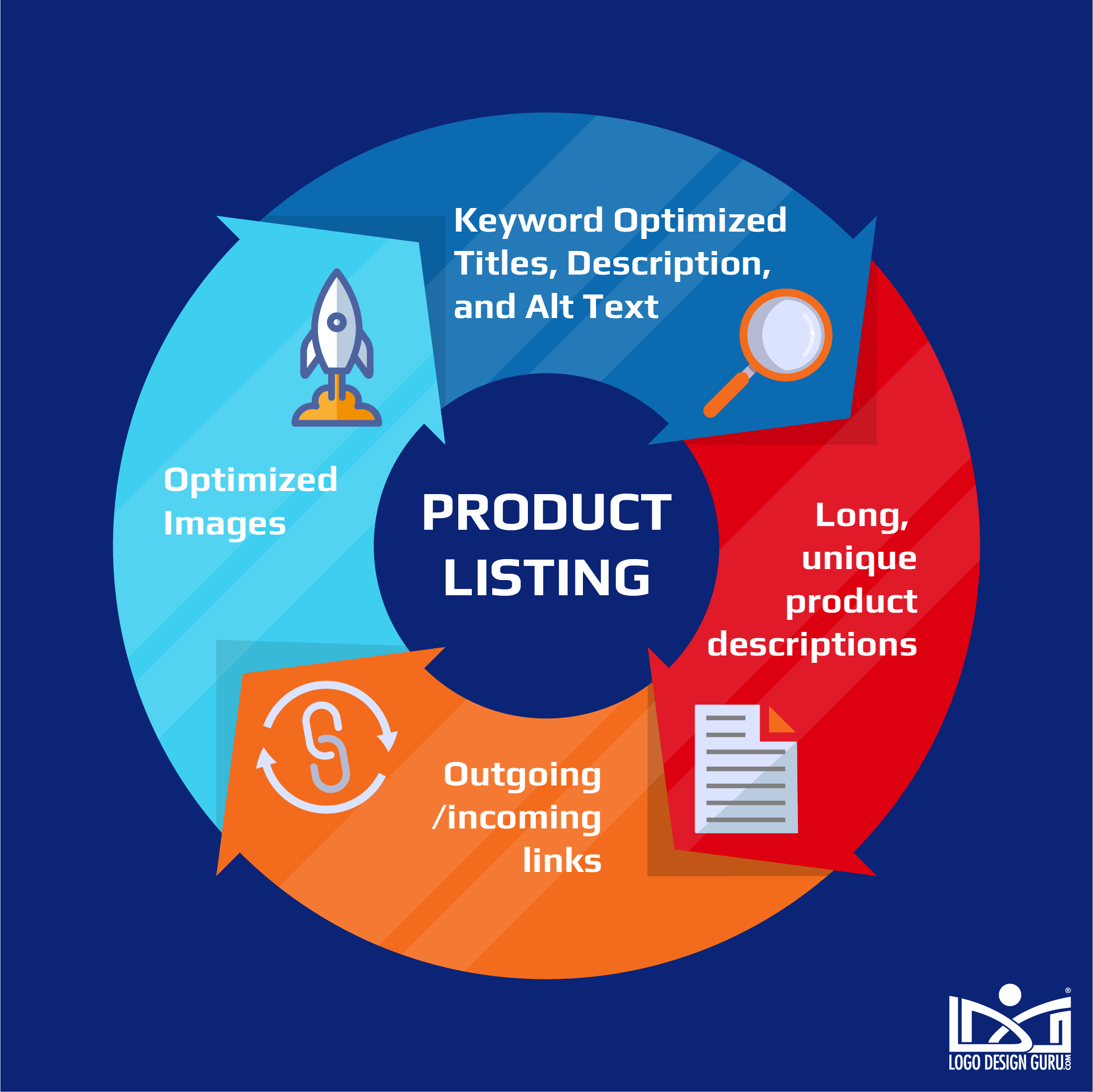
Optimize Metadata
Metadata, in a nutshell, is the content that appears on a search engine when your page comes up, but not on the page itself. It’s usually the page title and a brief description of the page. But, just because it’s not on the page, that doesn’t mean it can’t be crawled.
As such, you should still be filling it with the right keywords. It only compounds the effect of the SEO optimization that you’ve done on your content
Don’t skip the opportunity to boost your ranks.
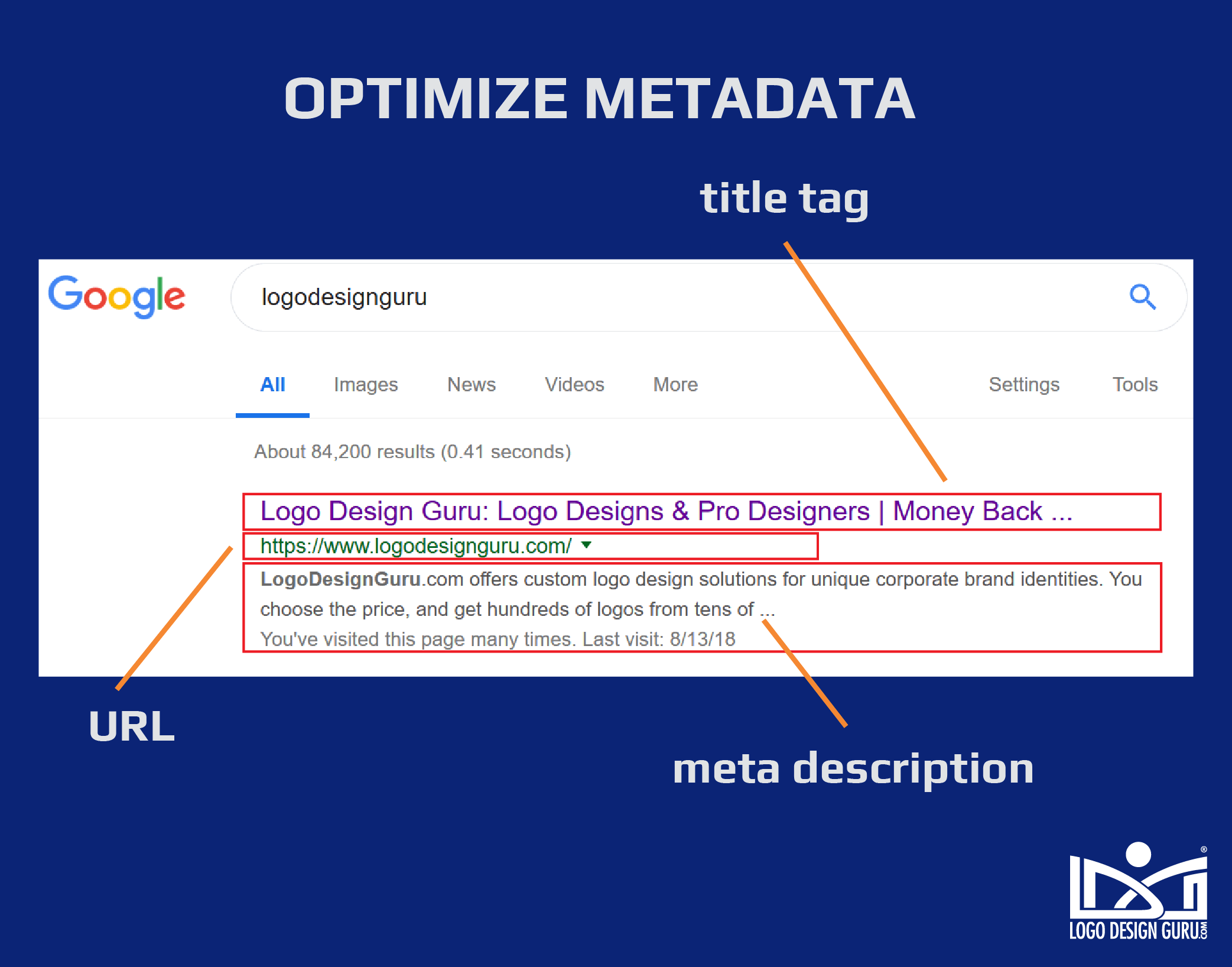
Social Media
It may seem like a bit of a no-brainer. You’ll be amazed at how many companies don’t utilize social media to its fullest potential.
Most sites have widgets and plugins now that allow you to pull in your social media feeds and display them on your website.
So, what this means is that Googlebot can crawl and index that content too. And of course, stuff your site full of links to your social accounts, and vice versa.
Boom. SEO boost.
Add that to all the unique, keyword-heavy content you’re putting out to your social platforms, and you’ve got yourself a strong SEO base.
What works like magic are visuals designs on social media, so make sure you promote your content with images, infographics, and videos to make the most of this medium.

Website Speed
Speed is a ranking factor, and is dictated by several things. Notably, what server your site is hosted on, and how busy your site is.
Upgrading to VPS hosting can significantly improve your website speed and performance.
If you’ve got cheap web hosting and a site full of massive high-res images, it’ll take an age to load.
Spending money on good hosting and good speed optimization is a great way to help your ranking

Mobile Design
Ever since Google announced its ranking by mobile sites, it has become vital to be mobile-optimized. Luckily, CMSs like Wix and WordPress have mobile views so you can fiddle with your content.
Make sure that everything lines up nicely, nothing is too big, and there aren’t too many big images for mobile devices.
Bear in mind that every time someone views a website, they have to download that data from the internet so it can display on their screen. Lots of things to download makes for slow loading times.
Did you know that over 50% of people abandon a site if it takes more than three seconds to load? Well, you do now and this is a good time not to upset your visitors.
Reviews
Reviews add credence.
Good reviews on your designs, products, service, and company mean that lots of people are clicking through, spending time, and telling Google that your site is reliable and worth a visit.
Know that Google strives to produce both safe and relevant content.
Having lots of reviews is a great way to fast-track your SEO rankings.
HTTPS
Https is the prefix preceding the URL in the address bar. It stands for Hypertext Transfer Protocol Secure. What it means is that your site is safe. It’s a secure channel that allows your browser to communicate with websites.
If you try visiting a website without one and you’ve got uptight web security, or if you’re on your phone, then you’ll likely find that you get stopped because the site is supposedly stealing your data. It’s not - well, it might be - but what Google is saying is that without this certificate, it could.
Sites lacking one of these will get slammed in search results, so we recommend grabbing switching to the https version from http if you haven’t already.

Roundup
In SEO, strategy is key.
Research, plan, execute.
Start small.
You won't beat Etsy or eBay to the post on your first day in the saddle. Find some smaller competitors, aim local, take your time.
Make sure to fill your site up with oodles of great content that keeps hitting your keywords. If Google is looking for relevance and reliable, then be those things.
You can’t trick it into listing you first — and there’s no point trying.
SEO works this way and no amount of fretting will help. All you can do is play the game or learn to be content with being on the dreaded 'Page 2' of search results. Yikes!
*This post was originally published on Logo Design Guru.
Written by Raquel Addams

